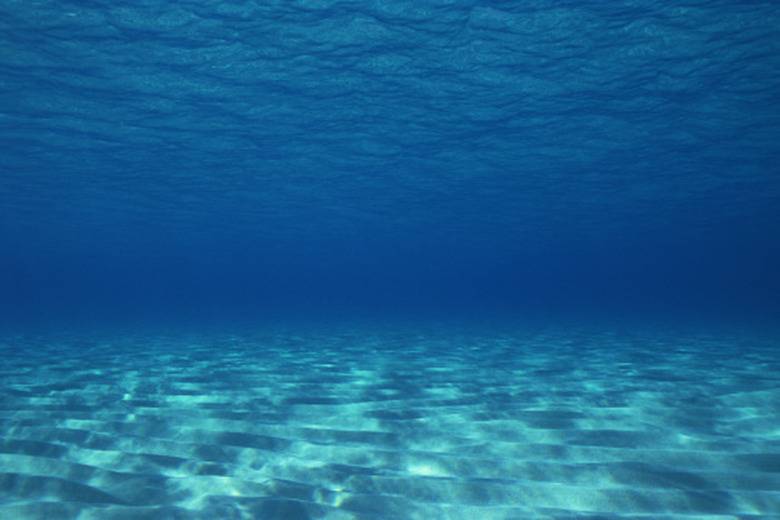Fun Facts On The Ocean Floor
The world's oceans cover more than 71 percent of the earth's surface, but people have only explored about five percent of it. Man has been searching for wonders that lay on the ocean floor for centuries. There are many amazing and fun facts about the ocean floor you may not know.
Underwater Cities
Underwater Cities
Alexandria, the grand Egyptian civilization made of marble, founded by Alexander the Great, lies not too far beneath the surface of the water only a few blocks from Alexandra Harbor. The once stunning city is thought to be the victim of a combination of tsunamis, normal slow subsidence and earthquakes which eventually led to the city sinking below sea level and becoming a part of the ocean floor's landscape. The Cities Underwater Project of Smithsonian Institution National Museum of Natural History (NMNH) continues to explore Alexandria and other underwater cities such as Herakleion and Kanopus in Greece to understand why they were buried beneath the water. Studies such as this will hopefully help people learn how to protect their modern low lying cities such as Venice and New Orleans.
New Life Forms on the Ocean Floor
New Life Forms on the Ocean Floor
According to the Smithsonian Museum of Natural History, University of California, Santa Cruz researchers discovered a complex biological community living underneath porous basalt rocks of the ocean floor. These unique microbes do not require the sun to maintain their energy. Their energy comes from a chemical reaction called chemosynthesis instead of sunlight. This discovery not only opens the doors to a whole new way of thinking for microbiologists, but for astrobiologists as well. The discovery of this life form is causing scientists to rethink where else they might find life in the solar system.
The Tallest Mountain on Earth
The Tallest Mountain on Earth
When asked what the tallest mountain on earth is, most people would say it's Mount Everest in Nepal. They would be mistaken. It's true that Mount Everest is the tallest mountain above sea level, but the tallest mountain on Earth has a base that hides beneath the waters of the Pacific Ocean. Mauna Kea in Hawaii is over six miles high from its base on the ocean floor to its peak approximately 2 miles above the water.
Underwater Robots
Underwater Robots
Scientists now have the advantage of harnessing technology and using specially designed robots to scour the ocean floor and explore shipwrecks. The robots are able to dive up to 6,000 meters below the water's surface. Before these autonomous remote-controlled robots were created, many shipwrecks were left unexplored and undiscovered because human divers simply cannot dive that deep.
Cite This Article
MLA
Whitmore, Deanne. "Fun Facts On The Ocean Floor" sciencing.com, https://www.sciencing.com/fun-ocean-floor-8696815/. 22 November 2019.
APA
Whitmore, Deanne. (2019, November 22). Fun Facts On The Ocean Floor. sciencing.com. Retrieved from https://www.sciencing.com/fun-ocean-floor-8696815/
Chicago
Whitmore, Deanne. Fun Facts On The Ocean Floor last modified March 24, 2022. https://www.sciencing.com/fun-ocean-floor-8696815/
